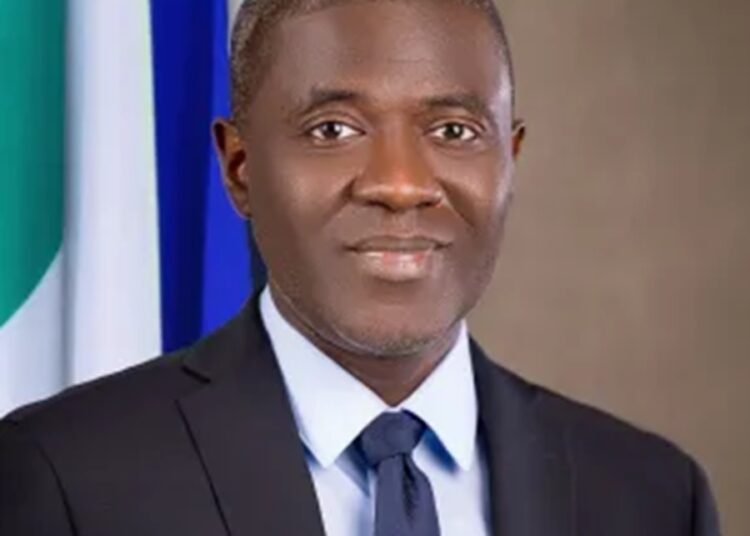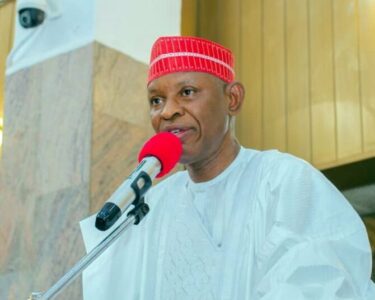Nigeria requires ubiquitous broadband infrastructure, to ensure the delivery of optimal telecommunications services in Nigeria, which would boost productivity, unlock hidden value and accelerate Nigeria’s digital progress.
The National Broadband Plan NBP (2020-2025) sets ambitious objectives, including achieving internet speeds of 15Mbps in rural areas and 25Mbps in urban areas by 2025. Additionally, it aims for the interconnection of 90 per cent of all Local Government Areas by fiber and seeks to attain 70 per cent population penetration.
To this end, the Nigerian Communication Commission (NCC) stated that Nigeria needed to double its investment in telecommunications infrastructure from $ 86 billion to $ 136 billion to bridge the infrastructure deficit, as large segments of the population, particularly in unserved (primarily rural) and underserved areas, still lack access to essential telecommunication services.
As of 2023, Nigeria had deployed 78,676 kilometres of fibre optic cable with most concentrated in urban areas like Lagos (7,864.60km), Edo (4,892.71km), FCT (4,472.03km), Ogun (4,189.18km), and Niger (3,681.66km). Fibre optic cables are vital to connectivity because they bring network capacity closer to subscribers.
The executive vice chairman, NCC, Dr. Aminu Maida, at the second edition of the West Africa Telecoms Infrastructure Summit and Exhibtion (WATISE), with the theme: ‘Shaping the future of the telecoms infrastructure industry: Trends and Insights for a Digital Economy’ and organized by TechnologyMirror, in Lagos, averred that telecommunications infrastructure is the backbone of the digital economy, facilitating seamless connectivity and supporting a range of services from basic voice calls to high-speed internet and cloud computing.
The EVC asserted that Nigeria, with one of the largest populations of young people globally, is rapidly evolving into a digital-first nation; this transformation is underpinned by a telecom infrastructure that has seen exponential growth over the past two decades. “Today, we boast over 219 million mobile subscribers and a burgeoning tech-savvy population eager to harness digital technologies,” he added.




